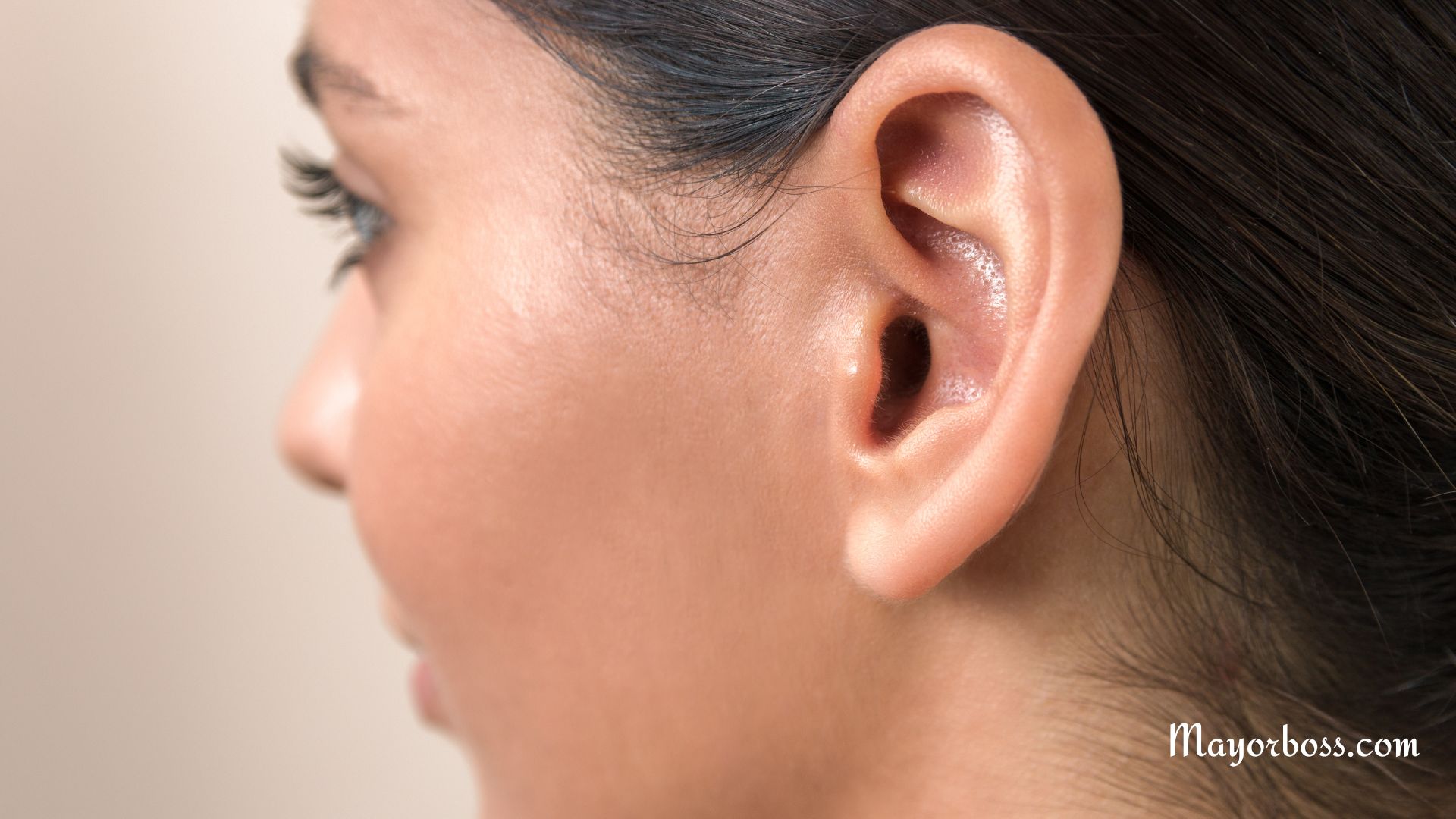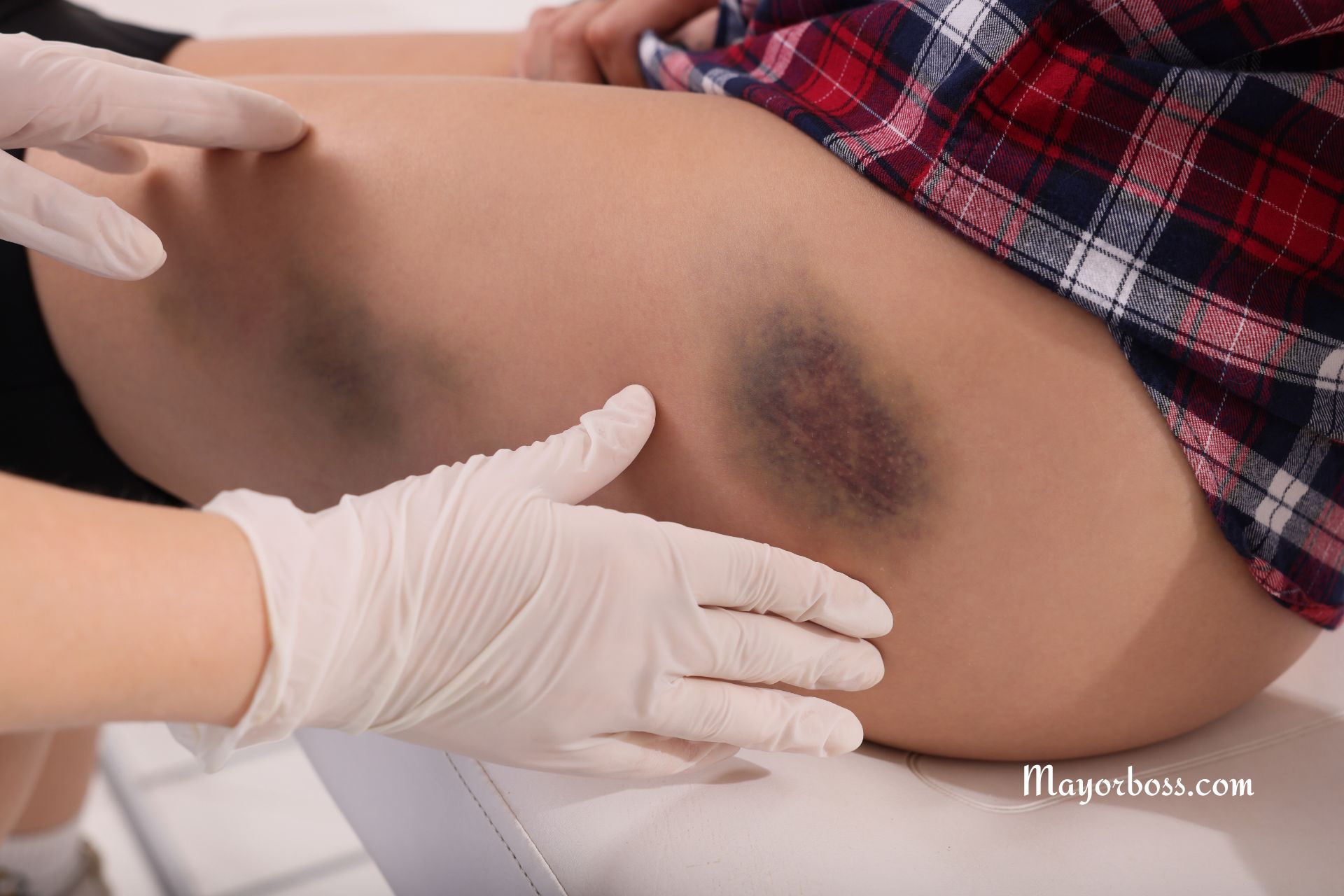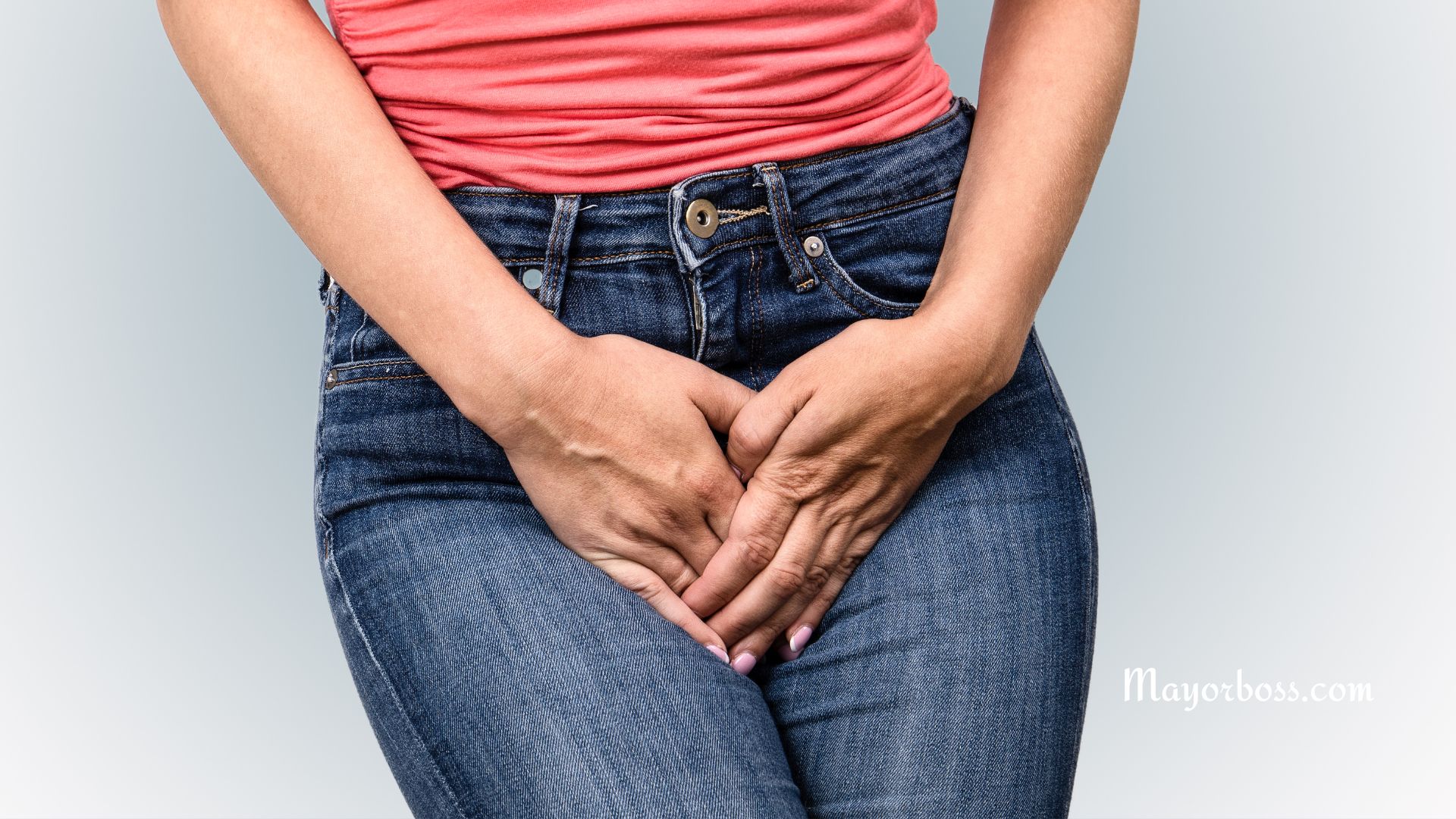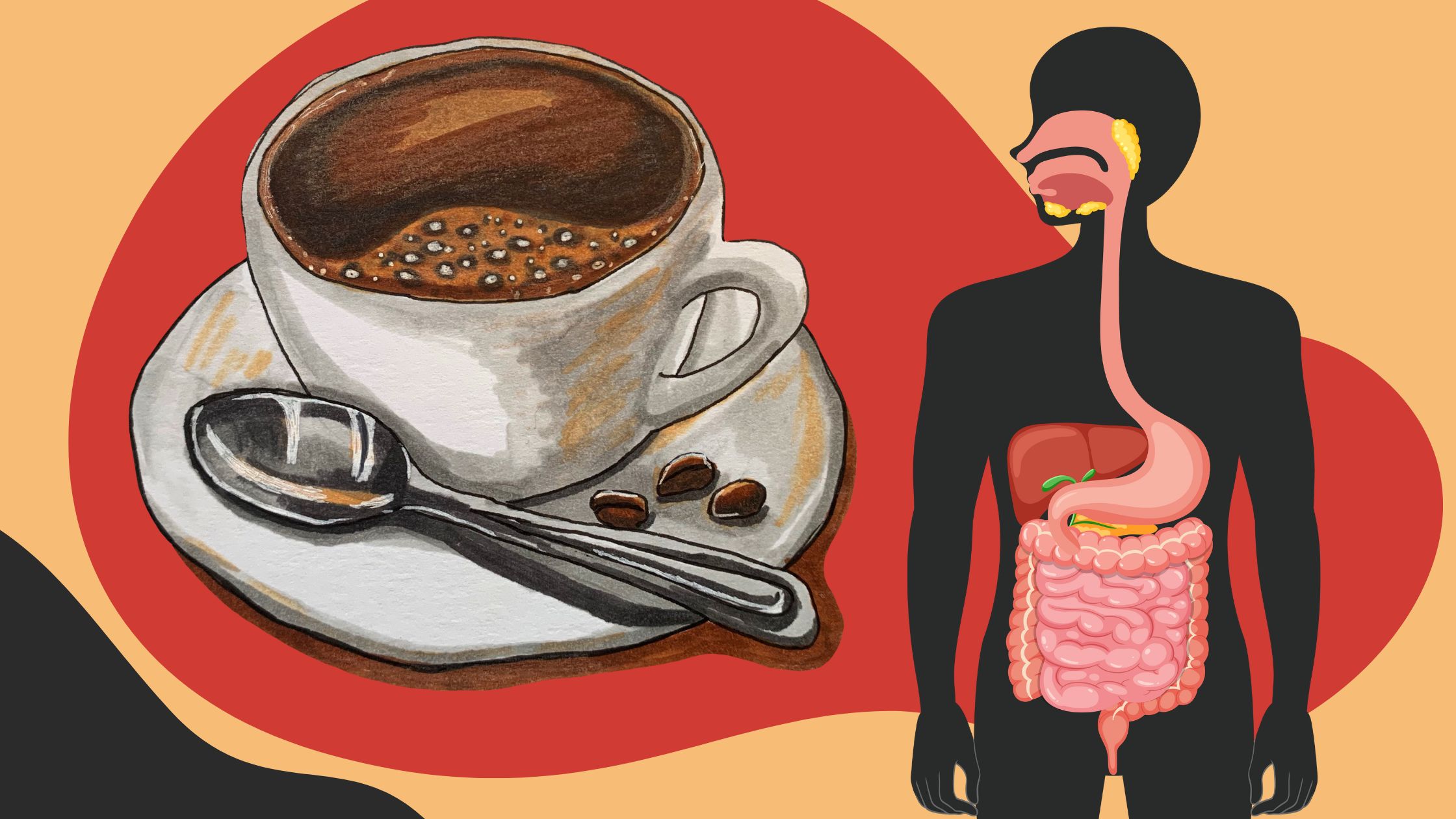What Causes Cysts Behind the Ears and How Can You Treat Them?
Cysts behind the ears are a common concern, often sparking worry and curiosity. You might wonder what causes these peculiar lumps and how to treat them effectively. This article looks at the reasons behind their formation and explores the ways to manage them.

What are the Cysts Behind the Ears?
Cysts are essentially sacs filled with fluid, air, or other materials and can develop in various parts of the body, including behind the ears. The nature of these cysts can vary, but they’re typically benign (non-cancerous).
What Causes Cysts Behind the Ears
Here’s a look at some of the common types and their causes:
Epidermoid Cysts
- Origin: These typically harmless cysts develop from epidermal cells that are supposed to shed from the skin’s surface. Instead, they move deeper and multiply, creating a sac.
- Appearance: They are small, round bumps and can be skin-colored or yellowish.
- Causes: They can occur due to skin trauma, developmental abnormalities, or blocked pores.
Sebaceous Cysts
- Origin: These arise from the sebaceous glands, which produce oil (sebum) in the skin.
- Appearance: Similar to epidermoid cysts but often larger and may feel more fluid-filled.
- Causes: They can form when these glands or their ducts are damaged or blocked, often due to acne, skin injuries, or hormonal fluctuations.
Other Types
- Lymphadenopathy: Swollen lymph nodes can sometimes be mistaken for cysts. They can swell due to infections or other medical conditions.
- Cancerous Growths: Rarely, a growth behind the ear could be malignant. If a cyst changes shape, size, or color, it’s crucial to get it checked.
Symptoms and Complications
- Pain and Discomfort: While cysts are generally painless, they can become tender or sore if they get infected.
- Infection Risk: Cysts can become infected, leading to redness, swelling, and pus.
- Cosmetic Concerns: Some people might feel self-conscious about the appearance of cysts.
Diagnosis and Treatment
- Initial Check: You can start by gently feeling the area. A cyst will typically feel like a small, round lump.
- Professional Diagnosis: If you’re concerned about a lump behind your ear, it’s wise to consult a healthcare provider. They might conduct a physical examination or order imaging tests.
Treatment Options For Cysts Behind the Ears
- Warm Compresses: Applying warmth can help ease discomfort and promote drainage.
- Avoid Squeezing: It’s tempting, but squeezing a cyst can lead to infection or scarring.
- Observation: If the cyst is small and not bothersome, your doctor might recommend just keeping an eye on it.
- Medication: Infected cysts may require antibiotics.
- Surgical Removal: Large, bothersome, or repeatedly infected cysts might need to be surgically removed. This is typically a straightforward outpatient procedure.
- Drainage: Sometimes, a doctor may drain a cyst if it’s swollen or infected.
Preventive Measures
- Skin Hygiene: Keeping the skin clean can help prevent pore blockages.
- Healthy Diet: A balanced diet supports overall skin health.
Frequently Asked Questions
Can I prevent cysts from forming behind my ears?
While you can’t always prevent cysts, maintaining good skin hygiene and a healthy lifestyle can reduce the risk.
Are cysts behind the ears dangerous?
Most cysts are benign and pose little risk. However, changes in size, color, or texture should be evaluated by a healthcare professional.
How long does it take for a cyst to go away?
Some cysts may resolve on their own over time, while others may persist and require medical intervention.






